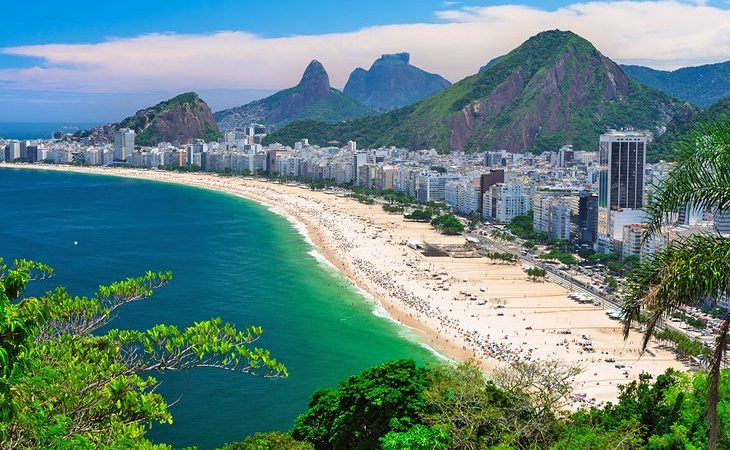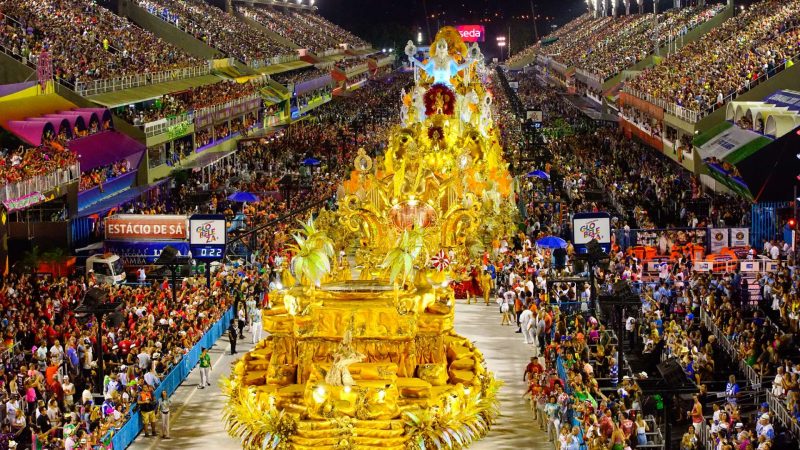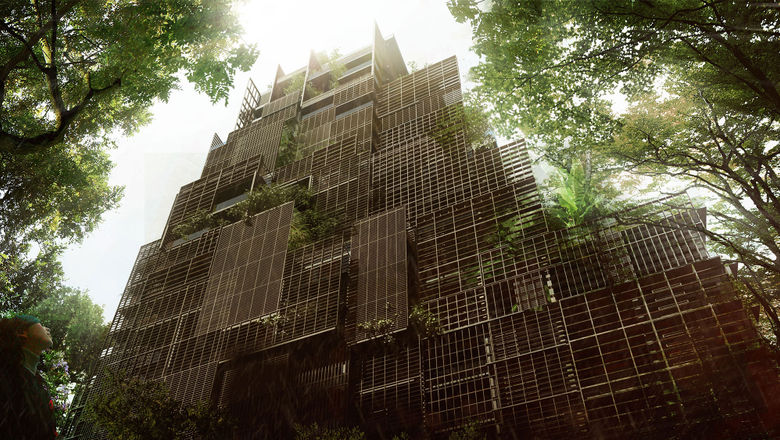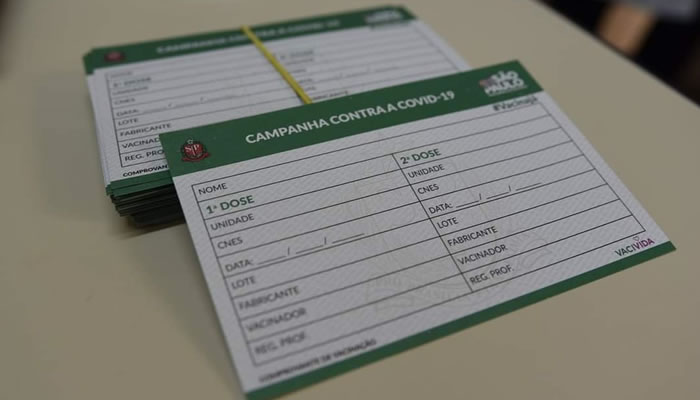Along Brazil’s northeast coast, a kitesurfin’ safari
From a distance, it probably looks like I’m having fun.
I am off the northeast coast of Brazil, kitesurfing across one of the largest river deltas in the Americas, and I’m terrified. Ten-foot swells pitch from all directions, crashing into each other like demolition derby cars. The current here, where the mighty Parnaiba River pours into the Atlantic Ocean, is swirling, further complicating the fluid physics equation that is kitesurfing. The group I set out with has dispersed. I am alone, and the sun is setting — fast.
A wave knocks my surfboard from under my feet. As I use the wind-filled kite to drag through the mountainous swells in search of the board, the rubber loop that keeps me connected to the kite pops off and the buffeting wind nearly rips the steering bar from my hands. Summoning every bit of my strength, I pull downward on the bar, reattach the loop and miraculously find my board — back in business but still far from safety.
I should add that I’m here voluntarily, on a week-long, late-October guided trip attempting to kitesurf more than 120 miles, from the city of Parnaiba to the town of Atins, along a coast lifted from prehistoric times. Beach and dunes stretch infinitely in both directions, broken periodically by a river mouth or low forest and free of infrastructure save for the occasional thatch fishermen’s hut.
[Traveling to Brazil? Get a yellow fever vaccination first.]
This isolation, along with consistent wind, tropical days and 80-degree seas, is a big part of the appeal here: While kitesurfing has exploded in northeast Brazil, the action is centered in once-sleepy fishing villages between Fortaleza and Jericoacoara and few visitors make it to the remote delta, where the 1,056-mile Parnaiba dissolves in a jigsaw of jungle islets, shifting sandbars and wind-scalloped dunes.
Our outfitter, Surfin Sem Fim (Portuguese for surfing without end), runs numerous trips throughout the region during its July-to-December windy season, providing guides and a network of trucks, buggies and boats to shuttle luggage between lodges.
I was drawn here after becoming enamored of kiting downwind in waves — a discipline that entails steering the kite to maintain power while surfing. When everything aligns, this is an incredible rush like having a motor on a surfboard to outrun white water, crank through turns and transform mushy, disorganized surf into an aquatic playground.
I also saw this as an achievable challenge and a chance to improve my skills under the tutelage of our guides, former world wave-kiting champion Guilly Brandão and Andreas Lagopoulos, a Canadian expat who runs kitesurfing camps from his home in Cabarete, Dominican Republic.
Now it’s Day 1 and “achievable” is in doubt. The morning had started innocuously, with a poolside breakfast at the charming Hotel San Antonio in Parnaiba, a colonial city about 10 miles from the coast.
We had amassed there the prior night, an eclectic pod of white-collar adrenaline seekers: my buddy Andrew, an anesthesiologist from Oklahoma City; Lula, who owns a sailing school in Rio de Janeiro; his childhood friend Andre, a food processing executive and, at 59, the oldest among us; Ricardo, who runs Coca-Cola’s bottling operations in northeast Brazil and bears an uncanny resemblance to the Dos Equis “most interesting man in the world”; his friend Chris, the youngest member of the group at 45, retired after selling his steel company to the country’s government; and Emily, a San Francisco lawyer and the only one among us who had done this trip before.
“Now we go to a very remote part of Brazil, even for us,” Chris tells me as we load kites, boards and luggage into two late-model Toyota pickups in the warm morning sun. He’s a kind of Zen Tony Stark, a former Porsche racer and paraglider who heli-skis in Alaska for multiple weeks a year, meditates daily and wears a near-permanent smile.
[In Gramado, Brazil, they start celebrating Christmas in October]
We drive a half-hour past tile-roofed houses and patchy forest to Pedra do Sal, a beach at the eastern edge of the 1,211 square-mile Delta do Parnaiba Environmental Protection Area. As we unload next to a small thatch bar — the last oceanfront business we’ll see for five days — a 25-knot wind whips up a concussive shore break, along with my anxiety: After an injury, I’ve kited only four days over the past six months and all in far friendlier conditions. The plan is to ride for an hour here and then spend the next three to four hours surfing 15 miles downwind, across the river and to our next lodge.
As we pump up kites on the hot sand, I realize how peculiar we must look to anyone who’s never witnessed this spectacle before — nine people in surf shorts, sun shirts, brimmed hats and strap-on shades, wearing child-size hydration backpacks while inflating huge arcs of brightly-hued nylon.
I have trouble from the outset, fighting the wind and waves, crashing and ripping a $1,000 (!) loaner kite. And, once we start downwind, I find myself trapped inside the break and relentlessly beaten into shore. Andreas, the designated last man back, patiently coaxes me along and, eventually, adjusts my kite lines to quicken the steering, allowing me to — finally — zip downwind.
When we reach the river, though, he hangs back to help Ricardo, who is also struggling, and directs me to hustle.
As I do, it’s hard not to dwell on stories like the one about the guy who spent the night at sea off Jericoacoara in 2017 after a kite malfunction and recounted clinging to his kite canopy through the lonely, dark hours while roachlike sea bugs skittered all over him.

Kites aloft, the author’s group prepares to launch into a long, downwind stretch off Ilha dos Poldros, a 3,000-acre island owned by a Spanish tanning magnate, in Brazil’s Parnaiba River delta. (Analice Diniz)
I emerge from the white-knuckle crossing happier than a hobbit escaping Mordor. The waves, although still big, are marching uniformly toward the beach. In the dimming light, I see tiny figures around a fisherman’s hut.
“You are a warrior!” Guilly shouts as I stagger onto land in the near darkness. Someone spots Andreas and Ricardo, and we load gear onto two waiting all-terrain vehicles that spirit us over a quarter mile of Sahara-like dunes and up a hill to our base for the next three nights.
We are on Ilha dos Poldros, a 3,000-acre island owned by a Spanish tanning magnate who adorned his Eden with a guesthouse of stone, local carnauba palm wood, glass and thatch, along with a swimming pool and two cabanas.
As we rinse gear under a star-pierced sky, the calls of frogs, birds, bugs and monkeys echo across the delta.
Soon another sound — the whir of a blender — draws Andrew and me from our cabana to the main house, where two of the on-site staff are blending passion fruit caipirinhas and preparing side dishes for the pescada amarela searing on the grill outside. Chris is in a comfy chair, using a handheld device that soothes sore muscles with electric pulses and Lula is reclined on a couch, engaged in what appears to be his favorite pastime — giving his old buddy Andre a hard time, which Andre weathers with weary resignation.
I ask Andre how he’s feeling. “Sore all over,” he shrugs. Emily chimes in: “I’m trashed.” She has the greatest right to be, as she had peeled off a two-day warm-up downwinder of nearly 90 miles before joining us in Parnaiba.
Andreas wanders in wearing shorts, a hoodie and trucker’s hat, and informs Ricardo and me that we’re slotted for a kite-flying clinic on the beach in the morning.
“Today was hard but it gets better,” he tells the group. Then, an asterisk: “Remember, this is an expedition, not a vacation.”
Over dinner, I ask him how other groups fare. “This is huge adventure, a bucket-list thing,” he says. “People arrive in Atins spent. There’s the physical and mental aspects — the delta crossings, the long days. Most people have never done anything like this.”
It helps to have unflappable leaders. Guilly, 34, is a diminutive proton, all positive energy, with a boyish face and wind-styled hair who has kitesurfed some of the world’s biggest waves. Andreas, 45, is a former mountain bike racer and extreme skier who spends a third of every year in Brazil partly, he says, “because I get to go four months without wearing shoes.” Directing the support crew is Surfin Sem Fin founder Jalila Paulino, herself an impressive kiter.
Sunday morning reveals fragrant tropical vegetation that tumbles to rain-fed lagoons dotted with shorebirds and egrets. To the north, the white hyphen of the dune line, and the ocean beyond.
After breakfast, Andreas, Ricardo and I take an ATV down to the beach where a playful breeze ripples over a sea of tropical green as it laps harmlessly at the sand, which is immensely wide at low tide. “Where was this yesterday?” Ricardo mutters.
We spend the next hour on shore, kites aloft and not another person in sight, with Andreas directing adjustments in our technique that, he prays, will help us keep pace for the rest of the week.
After lunch, we load into a 10-by-18-foot trailer, pulled by an orange Massey Ferguson tractor, for a short ride down a sand path to a dock, where we transfer our colorful circus to a pair of small powerboats and follow a snaking tributary to the Parnaiba. We emerge from shelter of the mangroves into the forceful current, smacking over swells toward the ocean.
After beaching on a cane-shaped sandbar separating river from sea, we inflate our kites and follow Guilly up the wide, milky blue river, coming ashore on a muddy bank next to Pousada Casa de Caboclo, one of a handful of riverside bars and lodges popular with ecotourists and, increasingly, kiters seeking affordable access to the delta.
In the purpled dusk our boat driver, Bao, a stocky delta lifer who looks hewed from the mud, steers us across the Parnaiba and into the labyrinthine channels of the mangrove, where he uses a handheld spotlight to scan for wildlife.

The beachfront deck of Rancho do Peixe, a small resort and kitesurfing school in the remote village of Prea on Brazil’s northeast coast. (Paolo Macchi)
After some false alarms he cuts the engine, clutches a buck knife between his teeth (for defense only) and slides off the boat, creeping through chest-deep water toward the flooded forest. There’s a splash as his hands hit the water and he returns cradling a small bewildered caiman.
I’m not a fan of wildlife harassment, but if tours like this help locals see the value in showing off live — vs. dead — animals, well, maybe that’s okay. A few photos later the reptile is released, seemingly unharmed.
Monday is stolen from a dream. After seven miles of surfing we gather on the beach and, keeping our kites high in the sky, walk 500 yards through a gap in the dunes to the Rio Feijao Bravo, which courses between a forest and the desertlike dunescape. I’m riding a wake-style board, which has much shorter fins than a surfboard, affording me access to the glassy, inches-deep water near shore. For the first time this week I ride with unbridled confidence, laying down buttery s-turns like a skier on an endless powder run. Six miles later, where a caramel mountain of sand marks the confluence of river and sea, we haul out and deflate our kites for loading into two waiting boats. Chris opens his arms to the sky, laughing: “What have we done to deserve this life?”
Indeed. The boats tie up at a restaurant called Aires where, Andreas says, local fishermen amass on Wednesdays to sell the fat, blue river crabs that proliferate in the delta. No action today — the only other patrons are three guys, one shirtless, playing pool at an outdoor table — but we honor the theme, dining on spiced minced crab, grilled fish and cold beers.
Maybe it’s my age (a spry 52) but I find this guided journey liberating. Sure, we’re schedule-bound and catch only fleeting glimpses of local culture, but every detail is seen to, from meals, hotels and boat rides to the sandwiches, Gatorade and bottomless bags of local cashews awaiting us at every pickup.
This frees us to focus on the task at hand, which on Tuesday is monstrous — nearly 40 miles of kiting bisected by the hardest stretch of the week, a five-mile crossing that requires us to angle out to sea to make the opposite point. We pause before the inlet, eyeing an ocean that looks like a washing machine set on “destroy.”
“Stay in a line, everyone behind me and don’t drop your kite or lose your board,” Guilly commands before he leads us into the maelstrom.
To keep it together I sing my way across — the first set of a 1977 Grateful Dead show — and, fittingly, ride the final verse of Johnny Cash’s “Big River,” which the Dead covered ably, out of the chaos and into chest-to-head-high surf that rolls unabated for the next two hours.
The rest of the week washes by — a night in the town of Tutoia and, after another 35-mile downwind run, two nights in the luxurious wood-and-thatch bungalows of Vila Guara, where the sand streets of Atins yield to the ocean. We kite through coves dotted with wooden boats and, more than once, beach on parcels straight out of the Star Wars movies — pancake expanses, glazed with blowing sand and sun-bleached huts, missing only the stormtroopers.
Our final day ends at the biggest dunes we’ve seen. As two safari trucks rally us over the silken acreage I realize where we are — Lencois Maranhenses National Park, at 598 square miles the largest dune field in South America. Many of the rain-fed lagoons here have dried up but a few remain, and the landscape resembles a Dali rendering of a giant waffle.
In the warm balm of late afternoon we race about childlike, rolling down slopes into a lagoon, howling and laughing. I leave the group to run down one dune then up another, just a speck on a ripple of golden sand, grasping a moment before it blows away in the wind.
Briley is a writer based in Takoma Park, Md. His website is johnbriley.com.
More from Travel:
Ponta Mar Hotel
Avenida Beira Mar, 2200
Fortaleza
011-55-85-4006-2200
If you arrive late in Fortaleza and need to spend a night there, this is an adequate hotel on the city’s main beach, which pulses with action, including street vendors and performers and an open-air market. From about $75, including breakfast.
Rancho do Peixe
Rua da Praia
Prea
011-55-88-3660-3118
For trips starting in Parnaiba, spend a night (or two) on the way up from Fortaleza in the fishing village of Prea at this top-tier resort, which features 26 luxurious wood-and-thatch bungalows built on suspended decks and tucked amid the dunes. The ranch also has an excellent restaurant, beachfront bar and cafe, pool, massage bungalow and fully stocked kite school with a professional, English-speaking staff. From about $220, including breakfast.
Surfin Sem Fim
Jericoacoara, Jijoca de Jericoacoara
Ceara
011-55-21-98237-3411
Surfin Sem Fim runs more than a dozen downwind trips in northeast Brazil from July to January, ranging from a four-day, 25-mile beginner route to the 600-mile, 13-day Ultra Man marathon. Trips include all meals, lodging and transfers after you arrive at the starting town, and the company can help arrange airport transfers and advise on flights. From about $1,300 for the beginner trip.
freeridekitesurf.com/en/kitesurfing-spots/brazil/
J.B.






